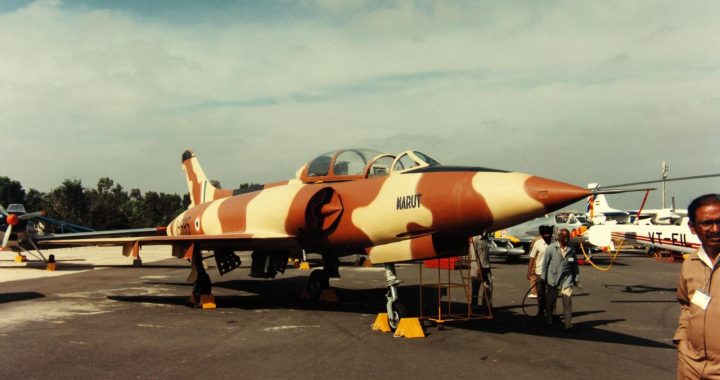Interesting facts about the HAL HF-24 Marut aka Spirit Of Tempest
The aircraft for today is the HAL HF-24 Marut aka the Spirit of Tempest which served the Indian Air force as their fighter and bomber aircraft back in the 1960s. The HAL HF-24 Marut was designed and developed by HAL (Hindustan Aircraft Limited) with the lead designer of the project being a German aircraft engineer … Continue reading Interesting facts about the HAL HF-24 Marut aka Spirit Of Tempest
